Nationality American Siblings Paul Davidson Role Author | Name Norman Maclean Ethnicity Scots Movies A River Runs Through It | |
 | ||
Occupation AuthorEnglish literature professor Alma mater Dartmouth CollegeUniversity of Chicago Children Jean (b. 1942)John (b. 1943) Died August 2, 1990, Chicago, Illinois, United States Spouse Jessie Burns (m. 1931–1968) Books A River Runs Through It, Young Men and Fire, The Norman Maclean, Montana - 1919, River Runs Through It 8 Pk Dis Similar People John N Maclean, Craig Sheffer, Richard Friedenberg, Robert Redford, Philippe Rousselot | ||
Norman maclean wmv
Norman Fitzroy Maclean (December 23, 1902 – August 2, 1990) was an American author and scholar noted for his books A River Runs Through It and Other Stories (1976) and Young Men and Fire (1992).
Contents
- Norman maclean wmv
- Wildlife expert norman maclean talks about his new book a less green and pleasant land
- Biography
- Works
- References
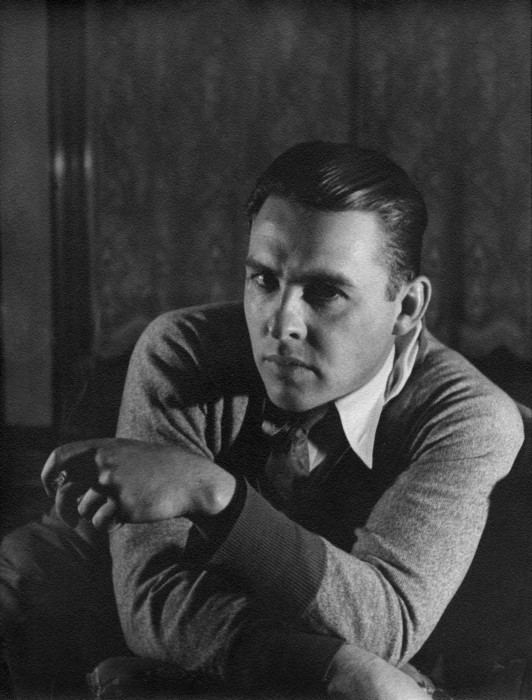
Wildlife expert norman maclean talks about his new book a less green and pleasant land
Biography
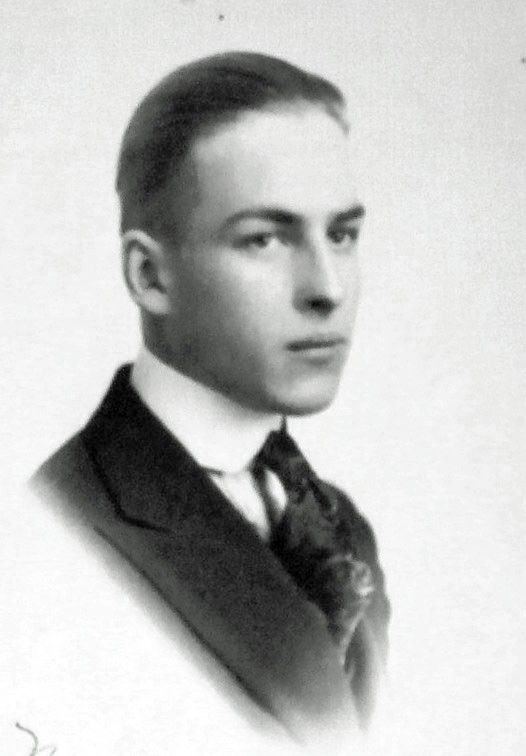
Born in Clarinda, Iowa, on December 23, 1902, Maclean was the son of Clara Evelyn (née Davidson; 1873–1952) and the Reverend John Norman Maclean (1862–1941), a Presbyterian minister, who managed much of the education of the young Norman and his brother Paul Davidson (1906–1938) until 1913. His parents had migrated from Nova Scotia, Canada. After Clarinda, the family relocated to Missoula, Montana in 1909. The following years considerably influenced and inspired his writings, appearing prominently in the short story The Woods, Books, and Truant Officers (1977), and semi-autobiographical novella A River Runs Through It and Other Stories (1976).
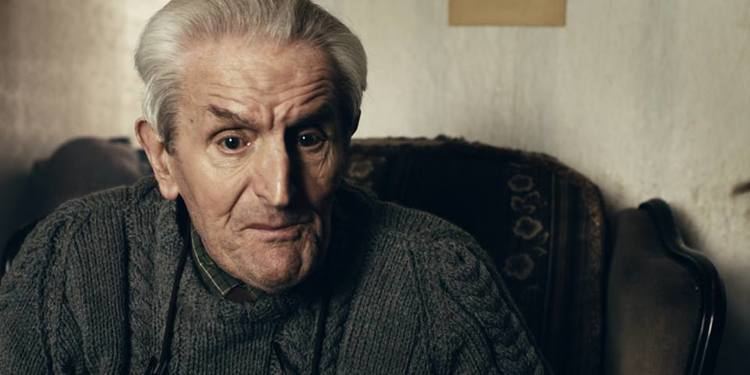
Too young to enlist in the military during World War I, Maclean worked in logging camps and for the United States Forest Service in what is now the Bitterroot National Forest of northwestern Montana. The novella USFS 1919: The Ranger, the Cook, and a Hole in the Sky and the story "Black Ghost" in Young Men and Fire (1992) are semi-fictionalized accounts of these experiences.
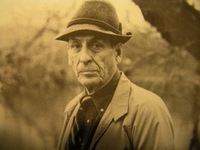
He then attended Dartmouth College, where he served as editor-in-chief of the humor magazine the Dartmouth Jack-O-Lantern; the editor-in-chief to follow him was Theodor Geisel, better known as Dr. Seuss. He was also a member of the Sphinx and Beta Theta Pi. He received his Bachelor of Arts in 1924 and chose to remain in Hanover, New Hampshire to serve as an instructor until 1926—a time he recalled in "This Quarter I Am Taking McKeon: A Few Remarks on the Art of Teaching." On September 24, 1931 Maclean married Jessie Burns (1905–1968), a red-headed Scots-Irish woman from Wolf Creek, Montana. They later had two children: a daughter Jean (born in 1942), now a lawyer, and a son, John (born in 1943), now a journalist and author of Fire on the Mountain: The True Story of the South Canyon Fire (1999) and two other books, Fire & Ashes (2003) and The Thirtymile Fire: A Chronicle of Bravery and Betrayal (2007).
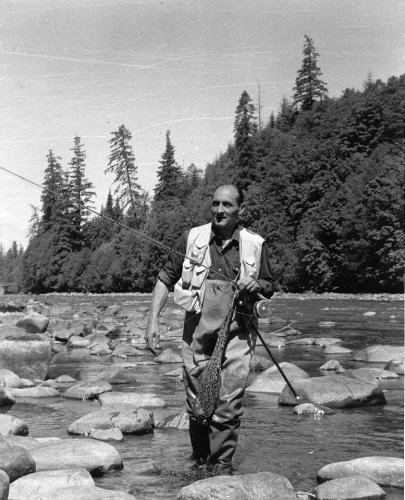
He began graduate studies in English at the University of Chicago in 1928 and earned a doctorate in 1940. During World War II he declined a commission in Naval intelligence to serve as Dean of Students. During the war he also served as Director of the Institute on Military Studies, and co-authored Manual of Instruction in Military Maps and Aerial Photographs. Maclean eventually became the William Rainey Harper Professor in the Department of English and taught the Romantic poets and Shakespeare. "Every year I said to myself, 'You better teach this bastard so you don't forget what great writing is like.' I taught him technically, two whole weeks for the first scene from Hamlet. I'd spend the first day on just the line, 'Who's there?'" U.S. Supreme Court Justice John Paul Stevens, who took a poetry class with Maclean at the University of Chicago, credited him as "the teacher to whom I am most indebted." He also wrote two scholarly articles, "From Action to Image: Theories of the Lyric in the Eighteenth Century" and "Episode, Scene, Speech, and Word: The Madness of Lear", the latter describing a theory of tragedy that Maclean revisited in his later work.
After his retirement in 1973, he began, as his children Jean and John had often encouraged him, to write down the stories he liked to tell. In 1976, A River Runs Through It and Other Stories was published to widespread acclaim. The book was the first work of fiction published by the University of Chicago Press. It was nominated by a selection committee to receive the Pulitzer Prize in Letters in 1977, but the full committee ignored the nomination and did not award a Pulitzer in that category for the year. A River Runs Through It was adapted into a motion picture directed by Robert Redford and released by Columbia Pictures starring Craig Sheffer as Maclean, Brad Pitt, Brenda Blethyn, Emily Lloyd and Tom Skerritt in 1992.
He died in Chicago on August 2, 1990.
During 1991, a renovated church retirement home was turned into Maclean House, a dorm for undergrad students at the University of Chicago. Maclean House's mascot is the "Stormin' Normans" in honor of its namesake.
He spent the last years of his life attempting to write a non-fiction account of the 1949 Mann Gulch Forest Fire. The manuscript was published posthumously as Young Men and Fire and won the National Book Critics Circle Award in 1992. In 2008, The University of Chicago Press published a new compendium of unpublished and some previously published works, The Norman Maclean Reader. The book included parts of a never-finished book about George Armstrong Custer and the Battle of the Little Big Horn that Maclean worked on from 1959 to 1963. Publishers Weekly gave the book a respectful review in Summer 2008, remarking, "Readers of the two earlier books will find, as Weltzien [Alan Weltzien, the book's editor] phrases it, 'new biographical insights into one of the most remarkable and unexpected careers in American letters.'"
